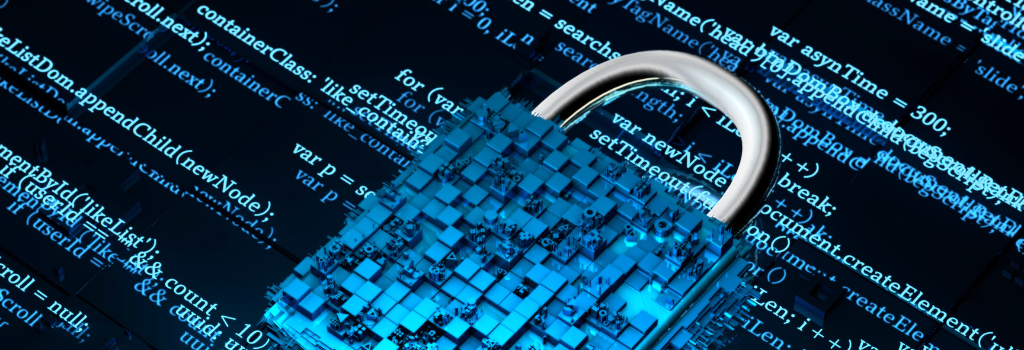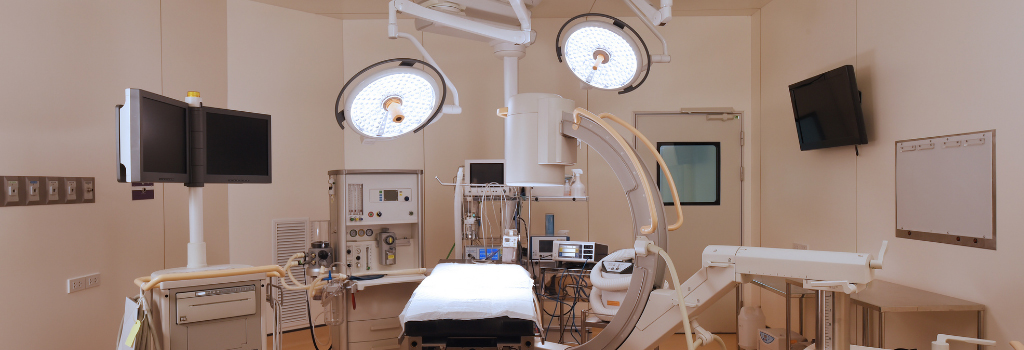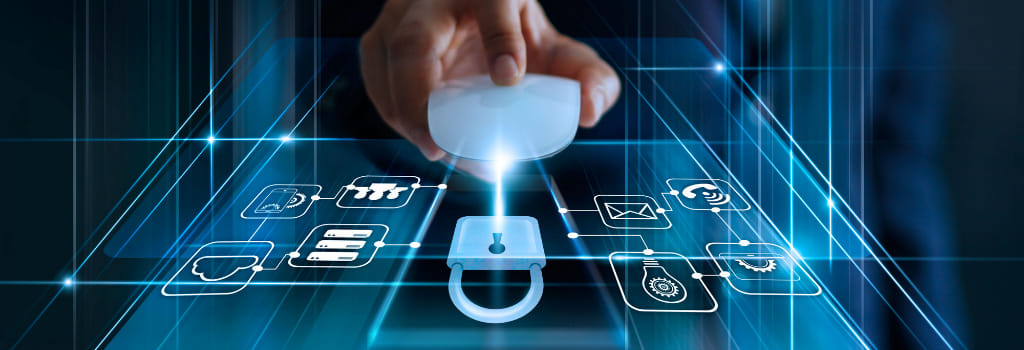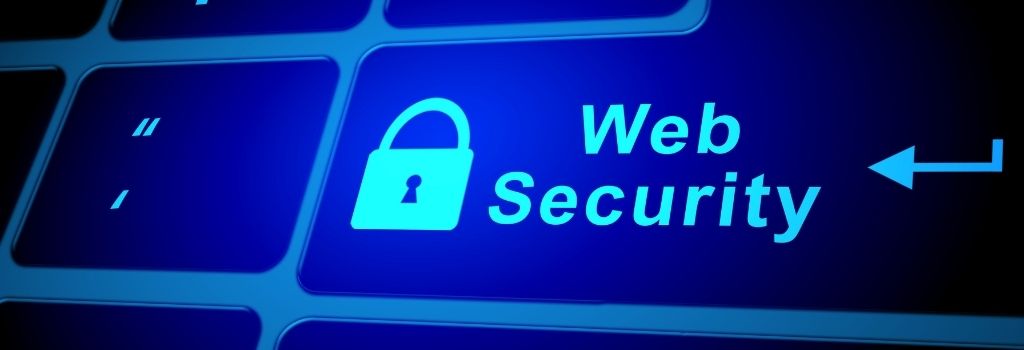Network Computing
As enterprises eagerly adopt new technologies relating to IIoT and mobile Edge computing, they often stumble upon unforeseen challenges.
Challenges such as the exponential growth in the number of connected mobile devices, increased needs for bandwidth, more and more sophisticated attacks and sometimes unexpected operational overheads.
One of the biggest responsibilities of healthcare professionals is ensuring their patients are in top optimal health conditions at all times. Such responsibility entails healthcare professionals accessing a patient's sensitive data, such as historical health or ongoing treatments. But, according to health regulations like HIPAA, health information must be electronically protected at all costs.
続きを読む: VPN Gateway for Medical Devices in the Health Clinics
Organization began moving in droves to the Zero Trust security model in 2019, implementing a “never trust, always verify and enforce least privilege” approach to internal and external network access. This approach enforces the mandate that traffic inside the perimeter deserves no more trust than traffic outside; all traffic should be inspected and logged and all access requests should be verified, authenticated and validated on a need-to-know basis.
続きを読む: NCA-5710: Enabling Intent-Based Industrial Intelligent IPS
The landscape of web threats has grown significantly, and as enterprises migrate to the cloud and expand their remote sites/branch locations, providing open always-connected access to the internet leaves the company vulnerable to several threats, such as malware, fraud, and other complications. Many organizations are realizing that the risk is especially high for web-based threats, and a more advanced and integrated approach is needed to secure against external and internal risks.
続きを読む: Hyper-converged Secure Web Proxy Appliance for Cybersecurity Prevention
Educators around the world have been rushing to implement contingency plans for remote learning in order to maintain educational continuity since late 2019. While it does appear that school closures could be extended for many through the end of the 2021 and even into the 2022 school years, providing safe, filtered devices and a safe, secure remote learning environment for students are more important than ever.
続きを読む: SASE Appliance And Deployment-ready CPE For Cloud-based Web Monitoring And Filtering
Corporations are amassing vast amounts of data, ranging from highly confidential financial, business, and customer data to moderate unimportant information. In order to augment their internal datacenters, businesses are also moving more and more of their data to the cloud and adopting multiple hybrid cloud storage environments. As such, organizations are discovering the complexity, increased costs and security risk of protecting all their data across multi-cloud environments.
続きを読む: Scalable Hardware Security Appliance Ensures Multi-Cloud Confidential Computing
It is believed that as enterprises adopt cloud, Edge and mobile computing, almost half of these enterprises have suffered one or more hacking attempts or actual network breaches. Furthermore, more than 22,000 new security holes were disclosed over these past couple of years, and over 1/3 of these network loopholes exhibited an exploit available.
続きを読む: Hardware Platforms For Enterprise Vulnerability Management












